Kingdom Plantae Tribe Cynareae Scientific name Saussurea costus Rank Species | Order Asterales Genus Saussurea Higher classification Saussurea | |
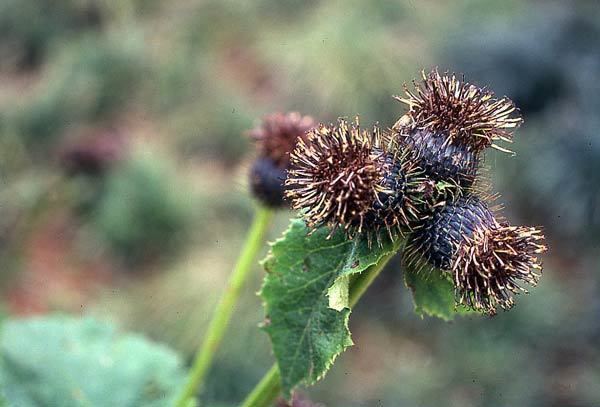 | ||
Similar Saussurea, Costus, Daisy family, Amomum villosum, Nut grass | ||
Saussurea costus, commonly known as costus or kuth, is a species of thistle in the genus Saussurea native to South Asia. Essential oils extracted from the root have been used in traditional medicine and in perfumes since ancient times.
Contents
- Saussurea costus roots seeds india
- Habitat
- Appearance
- Root Properties
- Ancient Israel
- China
- Tibet
- India
- References
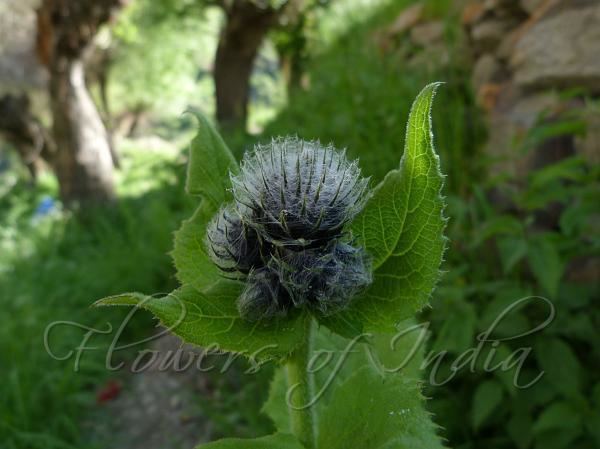
It has a large number of names in other languages, including kustha in Sanskrit; kust or qust in Arabic and Persian; kut, kur, and pachak in Hindi and Bengali, kostum, gostham, and potchuk in Tamil; upaleta and kur in Gujarati; kot or kust in Punjabi; changala in Telugu; sepuddy in Malayalam; kostha in Kannada; kuth or postkhai in Kashmiri; and kosht (קשט) in Hebrew.
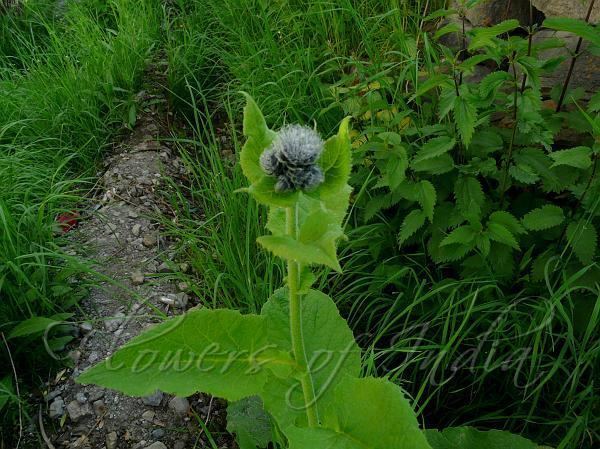
Saussurea costus roots seeds india
Habitat
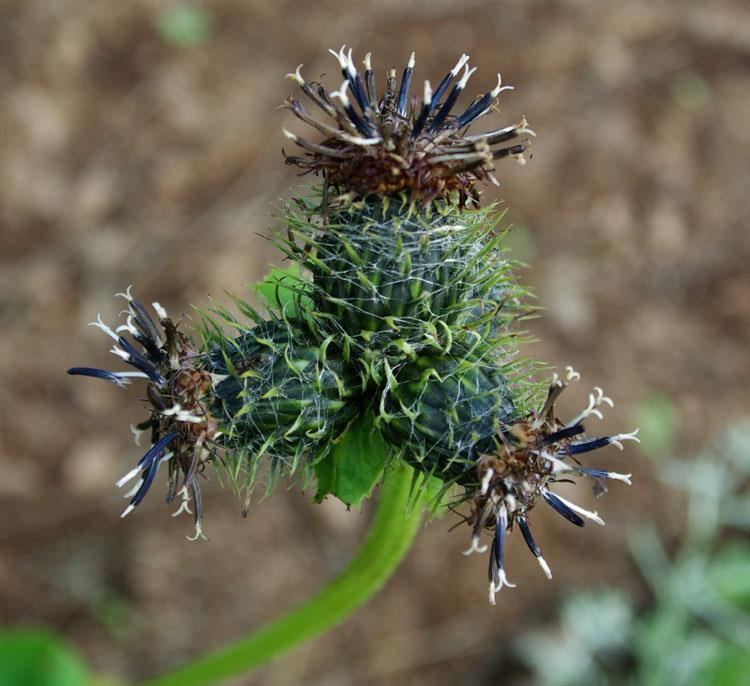
It is usually found at elevations of 2,500 to 3,000 m (8,202.1 to 9,842.5 ft) asl in South Asia; including the Himalayas, Kashmir, Jammu, Western Ghats, and the Kishenganga Valley.
Appearance
It has long lyrate leaves and heads of purple florets.
Root Properties
The root of Saussurea costus is a bitter tasting herb.
Ancient Israel
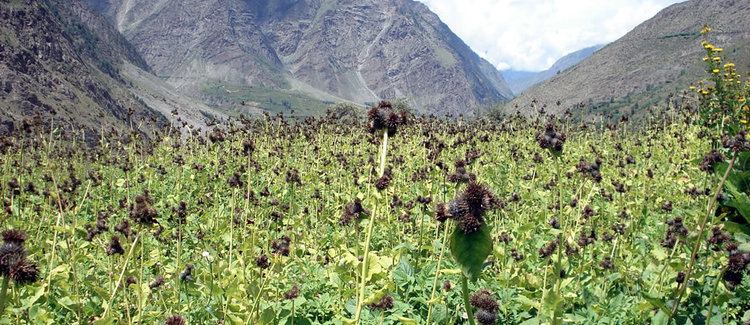
The root of Saussurea costus has been used as an incense and perfume ingredient for thousands of years and is mentioned in rabbinical writings as kosht (Hebrew: קשט), reflecting its arrowhead shape. It was used in Ketoret which is used when referring to the consecrated incense described in the Hebrew Bible and Talmud. It is also referred to as the Ketoret (incense). It was offered on the specialized incense altar in the time when the Tabernacle was located in the First and Second Jerusalem Temples. The ketoret was an important component of the Temple service in Jerusalem.
China
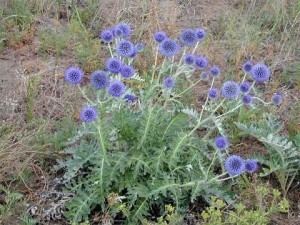
In traditional Chinese medicine, the root is one of the 50 fundamental herbs. It has the name (Chinese: 云木香; pinyin: yún mù xiāng, meaning “wood aroma”). It forms a main ingredient in the Chinese pastille rods known as joss sticks. It is also used as incense.
Tibet
In Tibet the root was and is used extensively as incense and medicine.
India
In Ayurveda the name Kushta refers to an ancient Vedic plant god mentioned in the Atharvaveda as a remedy for takman, the archetypal disease of excess or jvara (fever). In ancient India Kushta was considered to be a divine plant derived from heavenly sources, growing high in the Himalayas, considered to be the brother of the divine Soma. In Ayurveda Kushta is a rasayana for Vata, helping to normalize and strengthen digestion, cleanse the body of toxic accumulations, enhance fertility, and reduce pain. In India it is also given as a medicine for cough, asthma, fever, and cholera. Its dried powder is the principal ingredient in an ointment for ulcers; it is also a hair wash.
Costus rhizome is used for curing woolen cloth in hill area of Uttarakhand.
